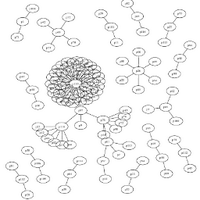
Daniel J. Bernstein
@hashbreaker
Designing cryptography (deployed now: X25519, Ed25519, ChaCha20, sntrup, Classic McEliece) to proactively reduce risks. Coined phrase "post-quantum" in 2003.
ID: 58326841
https://cr.yp.to/djb.html 19-07-2009 23:41:10
2,2K Tweet
22,22K Followers
23 Following




















This week on "The Crypto Days of Our Lives": powers that be reject call to remove NSA IETF co-chair ietf.org/mail-archive/w… (ht Christopher Soghoian)